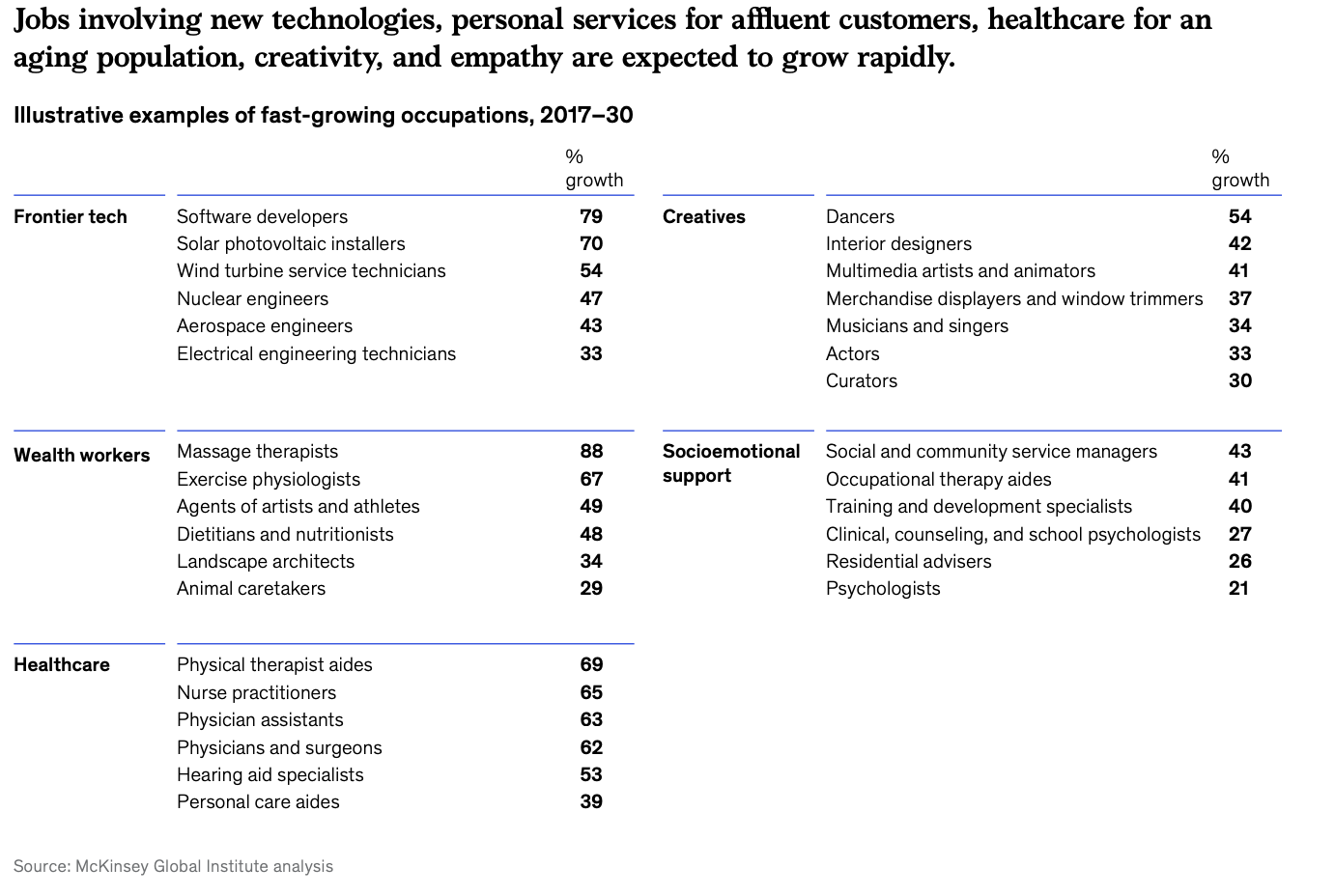Researchers have created a “Google Map of the Brain” for a worm smaller than a grain of rice. This map gives us powerful insights into how our brains are wired, much like how we wire up artificial deep neural networks. The human genome project started with this little guy back in 1998, too. Back then we thought it’d be decades before we’d ever sequence the human genome. Then we did it in 2001 for a few million dollars. Today you can get your personal genome sequenced for about a thousand bucks. (link)
Deep learning now inhibits drunk & bully posts on social media. Reminds me of the beer goggles feature released by Google in 2008. Back then we didn’t have deep learning, so systems used time of day and keywords. (link)
Bitcoin, the poker of investments, the human sentiment play. I knew there was a problem when my electrician began asking for tips on bitcoin strategy. The underlying distributed, digital ledger, though, has real promise. (link)
“Reading machines” are on the rise. Here’s an example. A startup in Singapore uses AI to read text and numbers from a dozen types of documents, complete online forms and spreadsheets with autoclickers, then make predictions to automate white collar work. We see this use case driving fast growth in many RPA companies. (link)
Voyager is slowly freezing to death. (link)
NASA released a video showing our discoveries of 4000 exoplanets over the last 20 years. AI is the new tool of choice, waiting for more data from the James Webb telescope. (link)
Andrej Karpathy on applying ML in the real world. The Tesla network must perform several tasks, such as red light, car and lane marker detection. These are each parceled out to task owners, who then optimize locally, while collaborating on an overall compute and data sampling budget. (link)
McKinsey on the future of work. Software developers, solar panel installers, nurse practitioners, and physician assistants top the list. That’s followed by massage therapists. I guess we all could use some stress relief. (link)
